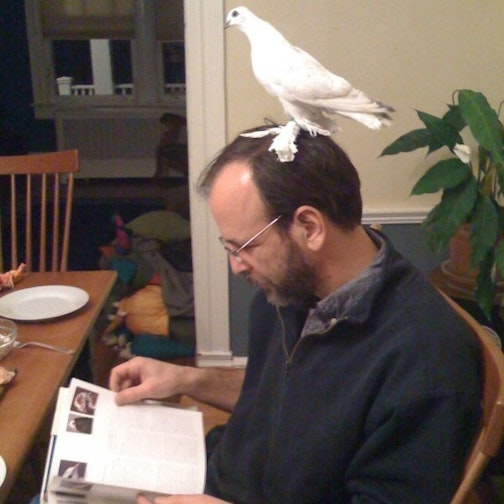Scientists Don’t Always Know
The l’Aquila Seven and Scientific Responsibility
-
-
Share
-
Share via Twitter -
Share via Facebook -
Share via Email
-
On October 22, six scientists and a public safety official were convicted of manslaughter in an Italian court for their actions prior to the 2009 l’Aquila earthquake, which killed 309 people mostly due to collapse of ancient buildings in the town’s center. A week earlier, the l’Aquila Seven had met, under government auspices, to assess whether a sequence of small earthquakes that had been shaking the town indicated a heightened risk of a large, destructive tremor in the near future. Quite appropriately, given the current state of earthquake science, the group did not issue a prediction of an imminent quake. The Seven were convicted not for failing to predict the earthquake, but for making falsely reassuring statements that lulled villagers into complacency and contributed to the death count. The sentence: six years in prison for each of them.
Much of the media coverage has focused on the fact that it was scientists, acting as experts at the behest of government, who were at the receiving end of the prosecution. Many stories (for example, in the New York Times, and Scientific American) include quotes from other scientists about the chilling effect that the conviction might have on scientists who want to help raise public awareness about risks, and even on free speech itself. These somewhat hysterical reactions are typical for cases where scientists, accustomed to a privileged place in society, actually manage to run afoul of the same sorts of idiocies and injustices that the rest of society faces on a continuing basis. And certainly the sentence (likely to be appealed and perhaps reduced, according to news accounts) seems both cruel and unusual, and all the more so because the sorts of actions that the locals say they would have taken to reduce the danger—for example, sleeping in the town square rather than inside vulnerable buildings—would only have been taken if the l’Aquila Seven had issued a positive prediction that both the defense and the prosecution apparently agreed is beyond the state of the science.
Yet no one seems to be acknowledging that the whole mess could easily have been avoided if the scientists had clearly asserted the truth of the matter by proclaiming: “We just don’t know.”
The matter is made a bit more complex because, according to media reports, part of the motivation for the l’Aquila Seven’s meeting in the first place was to discredit a non-expert “laboratory technician” (as the Economist described him, thus making clear his lowly status in the hierarchy of expertise) who was scaring local residents by predicting that a big earthquake was about to occur. So there seems to have been some sense that the goal of the Seven’s meeting was to calm unnecessary anxieties that were being stoked by a charlatan. At the same time, quelling these fears meant being clear about where the expertise actually lay—with the Seven, not with the mere technician. In this case the right message to convey would have been: “We don’t know—and he doesn’t know either”—but that would seem to undercut the very expertise that gave the Seven their status and legitimacy to begin with.
Of course science and engineering have huge contributions to make in helping society prepare for earthquakes, but these contributions must be part of long-term strategy and investment that includes hazard maps, seismic retrofit of old buildings—especially critical infrastructure like schools and hospitals—and appropriate, well enforced building codes and land use plans to ensure that new structures are safe and responsibly located, and so on.
So maybe the real point is that if you get to the stage where the only protection you have from an earthquake is to ask a scientist whether it’s going to happen or not, you’re already in big trouble. I wonder if scientific responsibility in this case is best exercised by simply opting out, given that the technically correct answer “we have no basis for saying that the probability of a big earthquake in the near-term is significantly greater than it was before the earlier swarm of small tremors” is unhelpful and the more straightforward version—“we don’t know”—seems, at least in this case, like it was not in anyone’s vocabulary.
To close, it’s perhaps worth noting in this regard that the only scientifically validated prediction of an earthquake ever made in the U.S. was the 1985 prediction, with a probability of 95%, that there would be a moderate-sized earthquake on the Parkfield segment of the San Andreas Fault in central California at some time over an eight year period. The prediction was vetted through peer review at one of the world’s premier science journals, and through two independent expert review panels. And it was wrong.
Daniel Sarewitz is the co-director of the Consortium for Science, Policy and Outcomes at Arizona State University and a Senior Fellow at the Breakthrough Institute. This post originally appeared at the CSPO blog, As We Now Think. Photo credit: AP Images.
